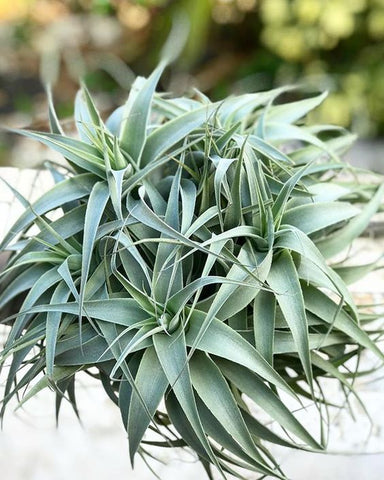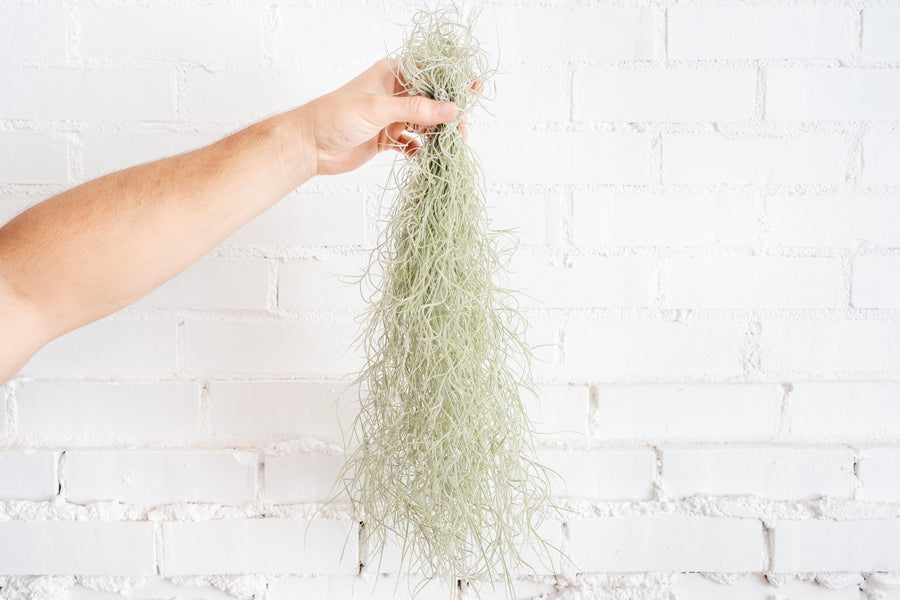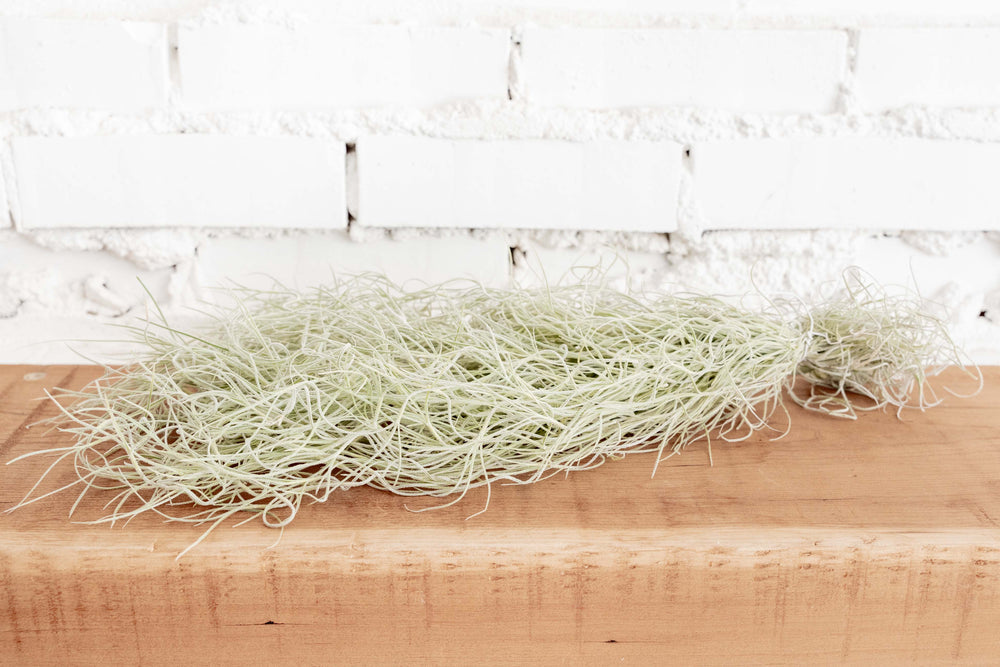10 Interesting Facts About Tillandsia

Air plants growing on a tree trunk
Photo: habitatbrasileiro.com

Photo:iStock
3. Air plants use trichomes to absorb nutrients and moisture from the air. See our blog posts All About Trichomes, and Tillandsia Trichomes in Depth to learn more about trichomes. Microscopically, trichomes look like little cups that open and close to absorb and retain moisture. You might notice that some air plants are “fuzzier” than others, and this is all due to trichomes. These fuzzy plants have adapted to have more trichomes in response to dry climates and environmental conditions. Learn about the differences between plants with an abundance of trichomes, and those with less in our blog post "Xeric Vs. Mesic Air Plants."

4. Air plants are unique in that they use CAM photosynthesis to exchange gases and “breathe” at night, which is different from most plants that do this during the day, and use sunlight for photosynthesis. If you’d like to learn more about CAM photosynthesis we have an in depth blog post all about it.

5. Tillandsia plants are found in many climates and environments from humid rainforests, high cloud forests, deserts, coasts, and mountain sides. Because they are found in such diverse climates, they have adapted to thrive in these sometimes harsh environments.

6. Interestingly, most air plants don’t bloom flowers that are scented. Though there are a few that do have scented flowers and produce some of the most delicate scents like the citrus blooms of the T. diaguitensis and the nutmeg scent produced by the Tillandsia cyanea.

The T. duratii has blooms that are said to smell like grape soda

This clump of the T. cacticola formed from pups being allowed to grow from the mother plant without removal.
8. Some air plants have pseudobulbs, such as the T. caput medusae, T. seleriana, T. pseudobaileyi, T. butzii, and T. streptophylla. A pseudobulb can be defined as a pronounced bulbous base that forms a bulb shape. They are considered pseudobulbs because most have empty cavities inside, where in the wild, ants form colonies.

9. There are many hybrid air plants. The majority were hybridized by botanists and horticulturalists, but there are actually some that are naturally growing hybrids. The T. rectifolia is a naturally occurring hybrid between T. ionantha and T. schiedeana. This is considered an “introgressive species,” since it is a natural hybrid that has become so numerous that it is now considered its own species.

10. One of the most popular air plants, the T. xerographica was almost poached to extinction in the 1980s. Since then, growers and exporters have had to adhere to strict regulations for the export and trade of these plants.













